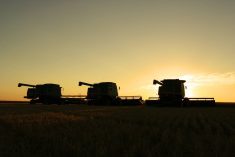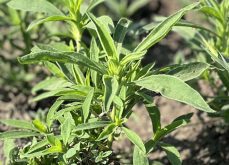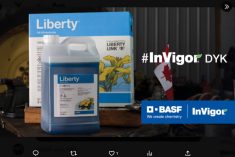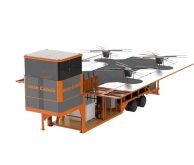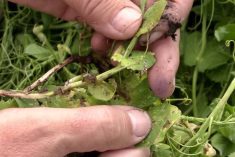Canola can be a challenge to harvest if stands are too thin or too weedy or if there’s uneven ripening due to crop stage differences. Green stalks and weeds not only hinder harvest but can cause problems in storage too.
In situations like these, many Prairie farmers opt to use pre-harvest aids as a late-season measure to boost yield and quality before the crop is in the bin.
Lorne Grieger is the director of technical sales with Prairie Agricultural Machinery Institute (PAMI) in Portage la Prairie, Man. He says PAMI studies have shown pre-harvest aids can significantly affect harvest success in canola but a lot of this has to do with the conditions leading up to harvest and the state of the crop.
Read Also

Claas brings 1000 Series SP forage harvesters to Canada
In mid-August, Claas unveiled its new line of Jaguar forage harvesters at an event in Visalia, California, deep in the heart of that state’s dairy region.
“It really depends on the year and the crop conditions as to what the effectiveness will be or what kind of financial benefit you can gain by using a pre-harvest aid,” says Grieger.
“When it’s a hot, dry fall that is low on moisture, then the crop is going to dry naturally,” he says. “That’s probably a time when pre-harvest aids are not going to be needed.”
Shawn Senko, a Canola Council of Canada agronomist based in Saskatchewan, agrees.
“If you’ve got a decent crop, weed-free, and it’s maturing relatively fast and evenly, there’s probably not a reason to apply any pre-harvest aid because it’s going to dry down properly and harvest well on its own,” he says.
In cooler falls with more moisture, pre-harvest aids can be an effective tool to help with scheduling at harvest time.
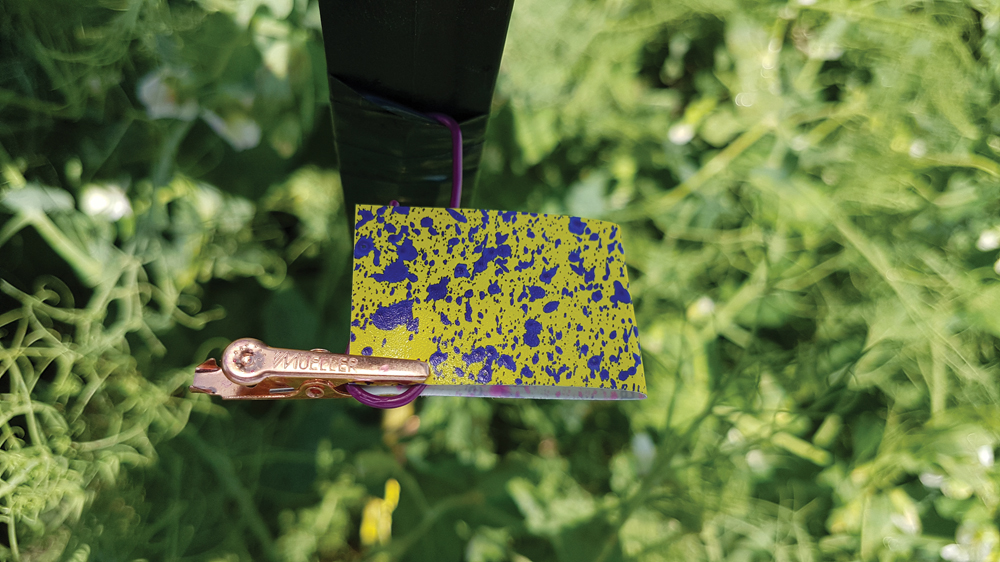
“It does allow that flexibility in the timing of operations, whether it’s straight cut or if it’s swath,” he says. “It always comes down to, ‘What am I trying to accomplish and what other field operations am I trying to accomplish at the same time?’
“You want to use the right tool for the right job and understand what your end goal is. I think that’s the first step in deciding whether a pre-harvest aid is one of those tools that would benefit a particular situation,” Grieger adds.
Weed control or dry down the crop?
If late-season weed control is the main goal, many farmers will choose glyphosate as a pre-harvest aid, since it’s designed to manage perennial weeds, but it won’t assist with dry down by hastening crop maturity. Those considering applying glyphosate for pre-harvest weed control can find handy staging guides at www.keepitclean.ca to determine when grain moisture is less than 30 per cent in the least mature part of the field.
If the primary objective is to dry the crop down quickly to facilitate harvest, Grieger says a popular choice is Reglone Ion, a diquat (Group 22) desiccant from Syngenta.
Another option if your pre-harvest goal is perennial weed control and crop dry down, is to tank mix glyphosate with Heat LQ, a Group 14 saflufenacil herbicide that is also registered as a desiccant in canola from BASF, he adds. The benefit of adding Heat LQ is more rapid dry down of the crop and weeds.
“That’s one of those factors that are part of the decision-making process,” says Grieger. “If you have something that can be accomplished with a single pass with pre-harvest aids, it makes the decision easier to go down that path for a particular field.”
Grieger and Senko agree field scouting will help farmers assess the need for a pre-harvest aid and the best route to go.
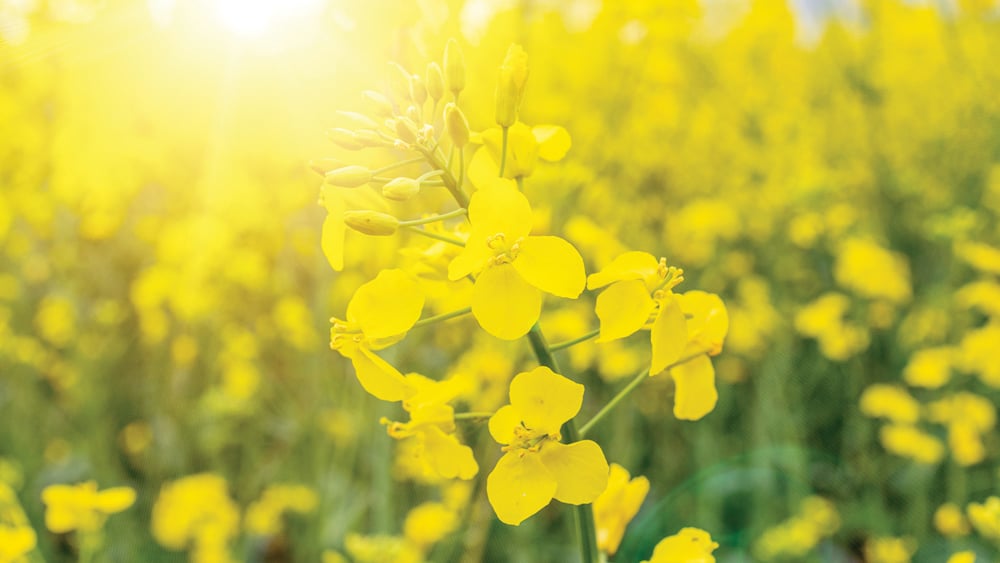
“One of the things that’s important is to make sure you get into the field and understand what the field is like, so you can make that good decision,” says Grieger.
Senko suggests canola producers go out to their fields near harvest time, have a good look around and ask themselves questions such as the following:
- How are you going to harvest the crop?
- What kind of harvest conditions are you likely to have?
- Do you need to apply a pre-harvest aid to keep the flow going?
- Are you going to have lots of time and a fairly open window to harvest or will you have to get the crop off as quickly as possible?
“I always think you can plan ahead for that, and then decide in the fall what you have to do when you see what you’ve got for a crop. If you go in there and it’s an uneven crop, you know you might need to apply something because a later-maturing crop will take a while,” says Senko.
Pre-harvest aid spraying tips
Tom Wolf is a sprayer expert and scientist with Agrimetrix Research and Training in Saskatoon, Sask. He says applying a pre-harvest desiccant to canola can be tricky — a mature canola canopy is typically much denser than many other crops so it can be a challenge getting the spray exactly where it needs to go.
“There’s a healthy amount of biomass that is presented by these kinds of canopies,” says Wolf. “They can be a huge obstacle for droplets to enter.”
Wolf has several tips for canola producers to help them succeed with their pre-harvest sprays. For one, he recommends farmers planning to apply a desiccant product to help with harvesting efficiency take a good look at the canopy to identify and assess what target areas need to be dried down.
“Those are typically the stems and the branches. It’s probably less likely for those to be the pods, although that’s also a possibility. Have a look at those targets you’re concerned about,” he says.
The best way to do this, Wolf explains, is with a bird’s-eye view. If you stand over the canopy and can clearly see your target, the droplets will get there fairly easily. If the target is obscured by a lot of foliage, however, then a pre-harvest application isn’t nearly as straightforward and will likely require finer sprays.
“Large droplets simply have too much momentum. They typically travel in a straight line and if anything is in the way, they hit that thing,” says Wolf. “Small droplets tend to be able to move around objects rather than impact on them.”
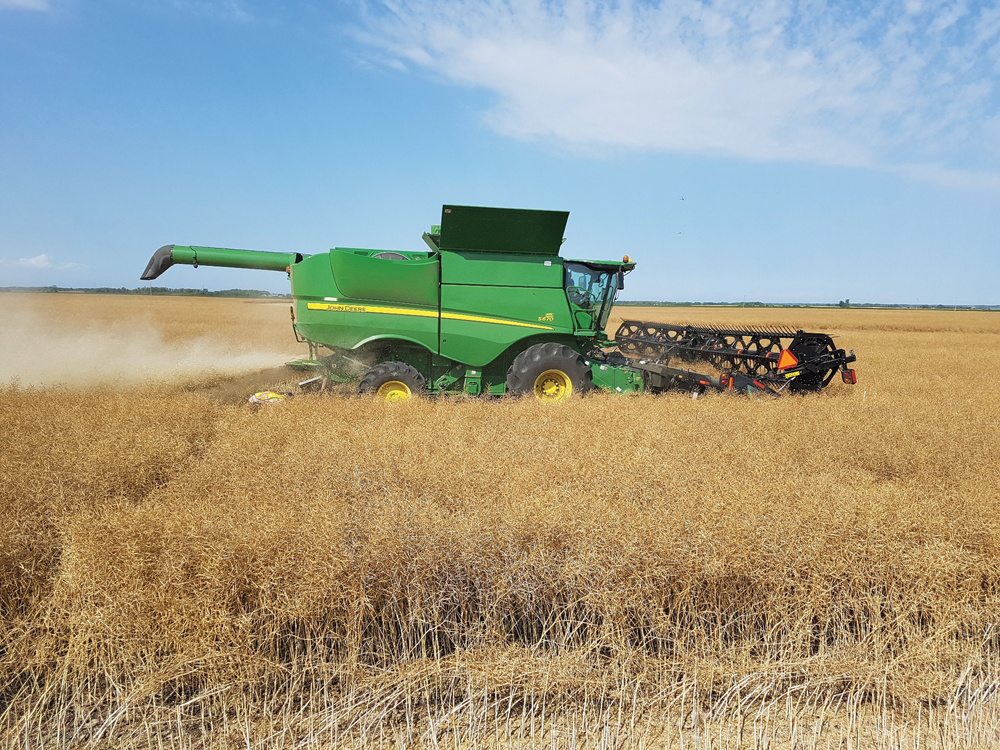
According to Wolf, pointing nozzles backward can also increase spray penetration in the canola canopy. This backward orientation will help offset the forward travel speed of the sprayer, he says, which makes it more likely for droplets to drift vertically down and deeper into the canopy before they’re intercepted.
Wolf points out slowing down the sprayer will help as well, but he says the best thing you can do to get a desiccant spray where it needs to go in a thick canola canopy is to use lots of water.
“That is the No. 1 recommendation that we make for desiccating canola — make sure to use adequate and often very high volumes of water,” he says.
Wolf says a great way to determine if you’re using enough water is to use water-sensitive paper, which can be purchased from ag retailers. The paper can be placed on the ground or attached with paper clips to plants further down in the canopy. Farmers can then make a spray pass to see if the parts of the canopy they’re targeting are being reached.
“It’s a visual indicator. Water droplets turn blue on contact with this yellow paper, and it’s a very quick way of telling whether you’re going to be doing a good job,” says Wolf.




